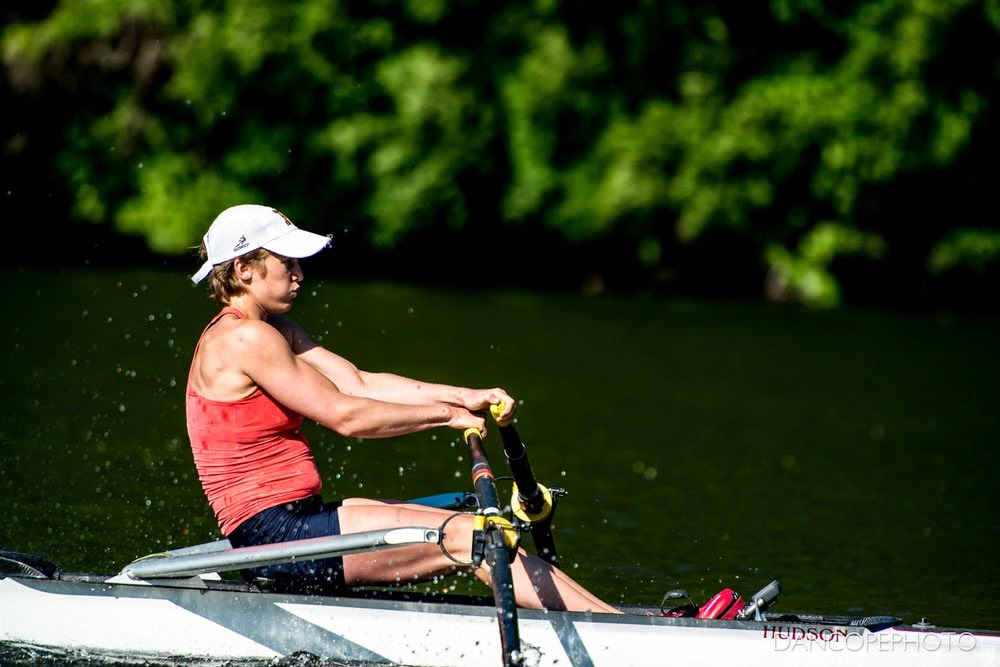About Michaela
An Olympic hopeful training out of the GMS Rowing Center in New Milford, CT, documents her training, eating and life in general. Follow along as she gets faster, fitter and wiser.
Donate
To help support my journey, you can donate online or by mail to the Northeast High Performance Rowing Foundation. Either donate to our general fund, or donate specifically to support me.





















